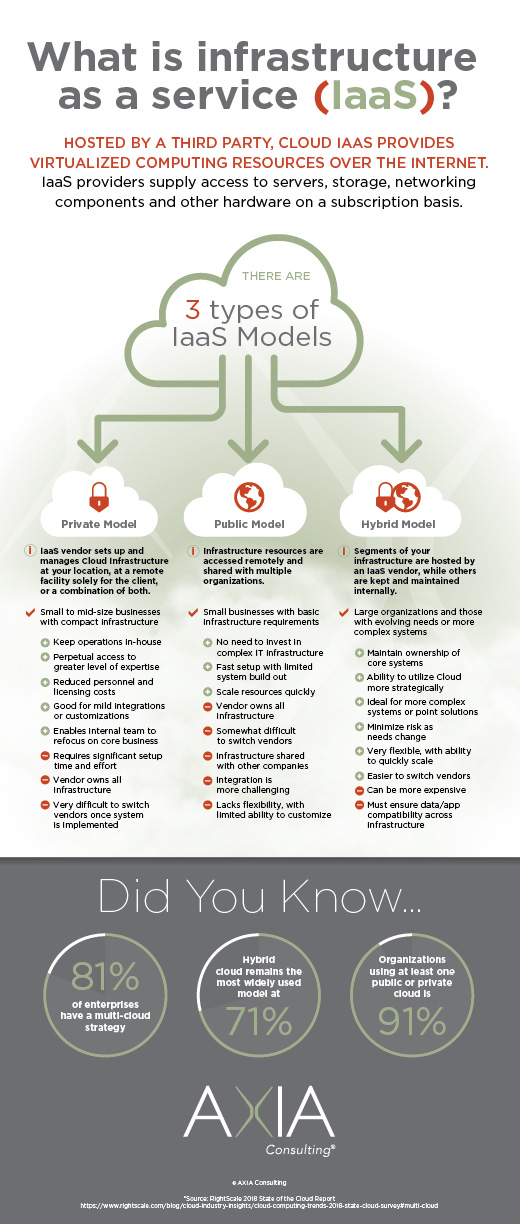By: BJ Miller
An increasing number of organizations are including Cloud-based infrastructure in their IT and business strategies – a trend that will only continue in the coming years. Moving to an Infrastructure as a Service (IaaS) option, however, isn’t a simple decision. Although the Cloud has been around for more than a decade, misconceptions still exist, adding a layer of complexity for organizations trying to evaluate their options.
There are three IaaS models – Private, Public and Hybrid – and each has unique characteristics. Below, we separate common myths from reality to get you started on your path towards selecting the right IaaS model for your needs.
Myth: Moving to the Cloud won’t require extensive planning.
Reality: Cloud solutions are not one-size-fits-all, and finding an IaaS vendor and model that’s right for your business takes more planning than an in-house system. The decision to move to a Cloud environment requires a detailed assessment of current business operations and extensive testing. Without this, companies run the risk of selecting the wrong Cloud model or falling prey to a great sales pitch from a Cloud vendor. It’s essential to ensure long-term strategic goals align with the business technology partner and IaaS model you select, because once you go down a certain path, it’s hard to change course.
Myth: The Cloud will always improve efficiencies.
Reality: Like any system, the Cloud isn’t infallible or appropriate for all situations. In fact, organizations can unintentionally put their business in jeopardy by pushing portions of their infrastructure to the Cloud that should have stayed in-house. Different IaaS models enable different capabilities, and so it’s critical that you understand the pros and cons of the model you choose to ensure it aligns with your business requirements, needs and goals. Not doing so can result in greater expense or event hurt efficiency by forcing you to adapt processes. Companies must realize that the Cloud has limitations, especially when it comes to systems with high complexity, multiple integrations, customizations, greater support needs, etc.
Myth: The decision to move to the Cloud is all about saving money.
Reality: While moving to the Cloud can be a cost-effective solution, IaaS should really be looked at as a strategic play. When incorporated correctly, the Cloud can serve as a tool to enable business strategy. For example, let’s say you have a large project with development that will require increased infrastructure capacity for two to three years and then will wind down. In this instance, a hybrid IaaS model that provides flexibility to adjust a certain portion of your infrastructure based on need may be a strategic choice.
When evaluating IaaS, companies should consider future growth goals, potential acquisitions or expansions, globalization, etc. to determine alignment and identify opportunities.
Myth: The Cloud makes sense for every organization.
Reality: Contrary to popular belief, the Cloud doesn’t make sense for every business, yet. Some companies are great candidates for IaaS, some may have certain portions of their business that can benefit from an IaaS model and some may just not be ready now. Many organizations don’t realize just how strategic their IT systems are, and sometimes moving to an IaaS model can actually cause a company to lose a competitive advantage they had before.
To determine if IaaS makes sense for your organization, first do your due diligence internally and then evaluate all three cloud computing options – Private, Public and Hybrid – to see which, if any, fit with your company’s requirements, policy compliance standards, strategy and goals.
Our goal has been to dispel some common Cloud misconceptions and make one point clear – proper planning before moving to a Cloud-based infrastructure is fundamental.
To ensure your organization selects the right solution for your needs, start by:
- Determining your strategic objectives
- Completing a detailed, internal assessment of current infrastructure
- Learning about all pros, cons and characteristics of each IaaS model (check out our IaaS infographic here)
- Weighing the costs, benefits and limitations of each IaaS model
- Identifying strategic opportunities for IaaS in the business, along with potential risks
- Considering what, if any, infrastructure needs to stay internal
- Creating an exit strategy so that you’re prepared for all scenarios
AXIA’s team of Cloud experts can help you assess your current state, identify opportunities and offer recommendations for next steps.
If you are interested in our streamlined infrastructure assessment, give us a call at 877.292.5503 or email info@axiaconsulting.net to get started.


BJ Miller is an integral member of AXIA’s Client Advisory team who utilizes his extensive experience as a Project Leader, Enterprise Architect, DBA and Systems Analyst in the design, implementation and support enterprise application systems, Internet and enterprise networking, data center management, hosting and technology implementations to support our clients.
In addition, BJ has expertise in numerous ERP and custom application deployments with broad implementation experience in packaged and custom systems such as performance analysis, system configuration, conference room pilot, enterprise design, system test, data conversion support, system administrator procedures and training.
